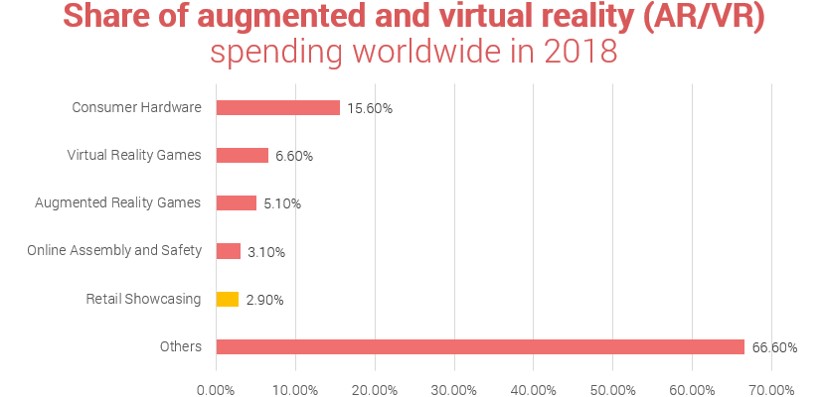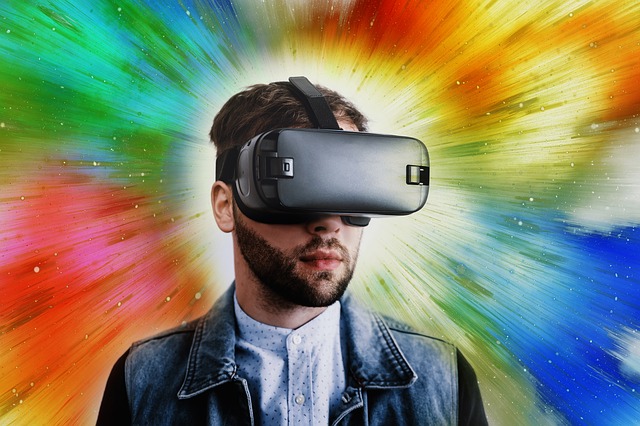What is the importance of implementing Augmented Reality & Virtual Reality in Retail?
What is the importance of implementing Augmented Reality & Virtual Reality in Retail?
In the current scenario, the retail industry can be considered as one of the leading industrial segments which plays a crucial role in strengthening the pillar of the global economy. It is also the idle platform for utilizing the recent technologies, hence it is a suitable site for Virtual and Augmented Realities to display their value.
The marketing aspect in a retail segment is considered to be the most suitable space for innovating with Virtual and Augmented Reality solutions implementation. It is obvious that one of the biggest obstacles in experimenting AR & VR solutions in any real-world scenario is the insufficiency of the suitable business model to keep it moving as a standalone product. The situation is much easier in retail.
Statistics 2018
 Source: Statista
Source: Statista
Prediction of augmented and virtual retail market shares shows there is still a lot of scope for industries to adopt this technology, retail is not at the bottom of the list as well, occupying seventh place in TOP-10. According to the predictions, it has the capacity to grow almost 300% over the coming few years.
According to the Retail Perceptions report:
- Out of the total, nearly 77% of customers desires for product customization features;
- Around 65% of customers seek more extensive product information;
- Nearly 55% claim that mixing augmented reality with shopping experience makes it more interactive.
- With the implementation of VR & AR, now the overall customer success process is much more simplified and customized without much of an effort.
Both VR and AR solutions are relatively easy to learn and can be used in a very short span of time.
Together VR and AR work so well with retail business and retain the ability to find solutions of crucial problems with customer experience - i.e., lack of user engagement and absence of immersion into the product value proposition.
The digital avatar of the user can try-on new clothes or experience different products in a virtual reality store, another variation of the immersive product catalog is fully operational. In comparison with the AR retail apps, the practical element is not present or rather absent at the current scenario. In the coming years, VR Retail Stores might be able to establish itself successfully for various kinds of products.
Conclusion
In the current scenario, AR and VR are not fully used in a retail business, but these advanced technologies will certainly provide an entirely new space to work with. Currently, both technologies are in their dormant stage and improving their services rapidly in a variety of ways. But it can be easily predicted that both VR and AR have a long way to go in the coming days.


